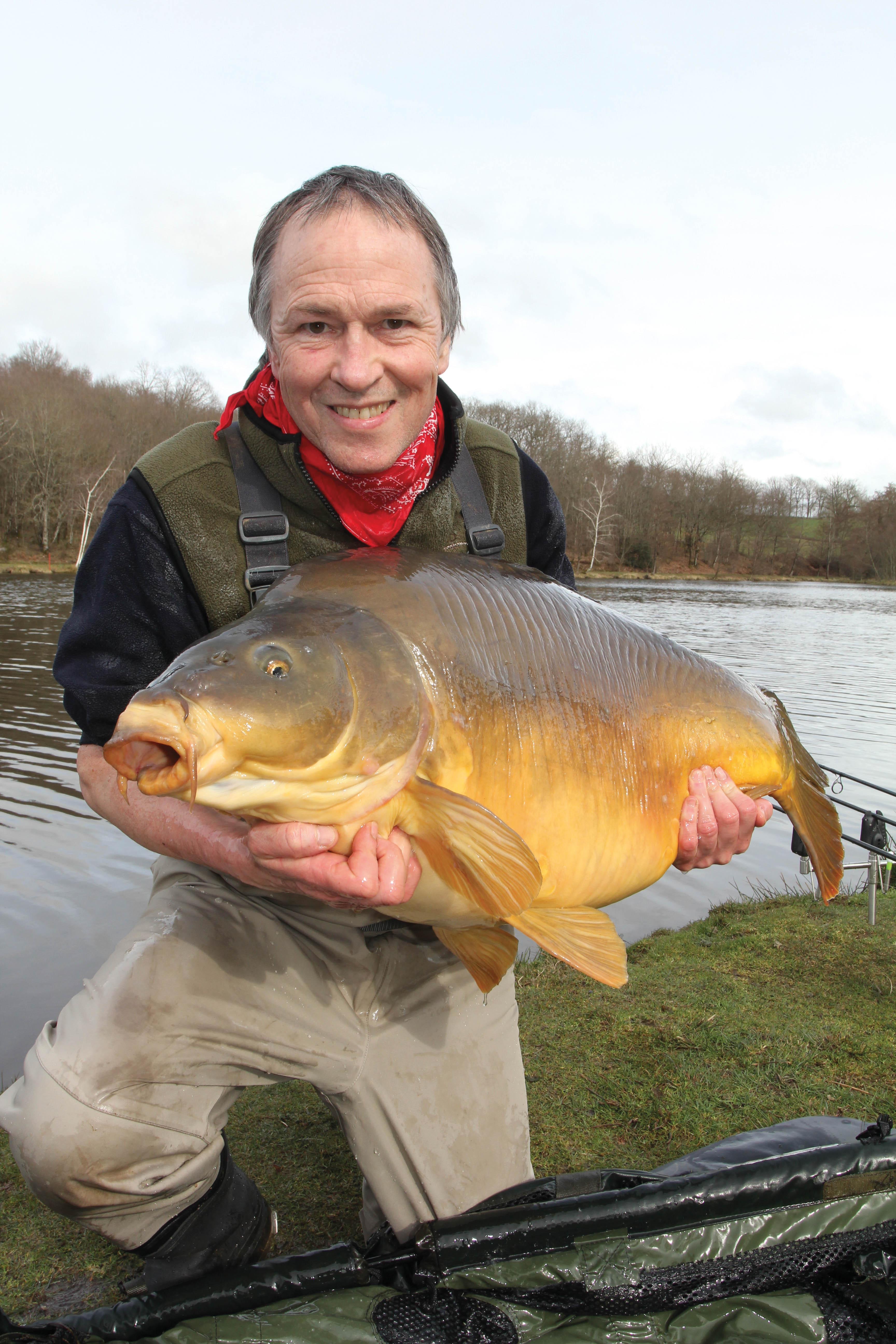Flavours: Myth Or Magic?
John Baker's back with more fascinating facts about bait and how you should use it...
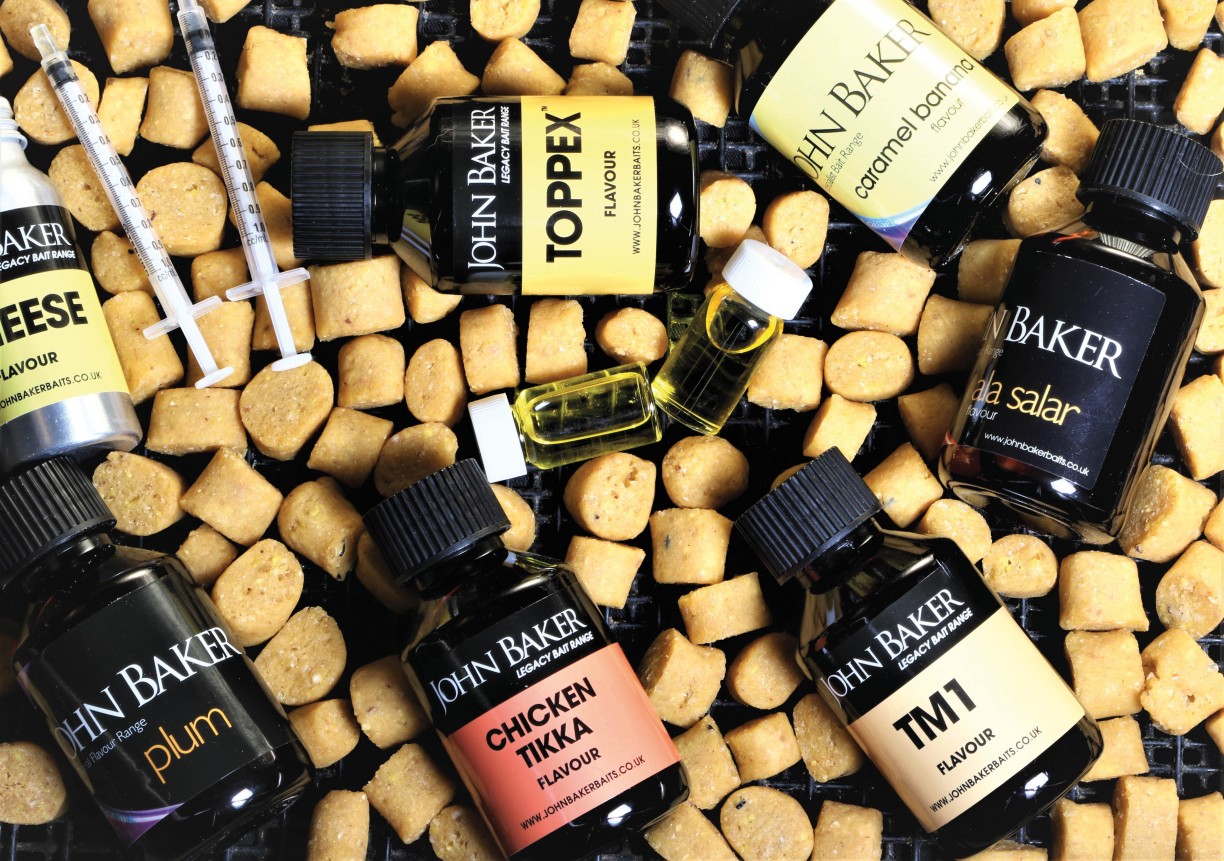
For those who may not have guessed, I am obsessed with the subject of flavours. In this article, and for the first time in print, I outline the way flavours are classified and I discuss why they are effective in bait. This includes the use of essential oils, spices, oleoresins, extracts, sweeteners, and other aroma ingredients. I hope to bring some clarity to a subject that still seems to be shrouded in mystery.
There are hundreds of different individual flavour ingredients we can use in bait. A few of these are effective on their own, but the best flavours are formulated by using multiple blends of aroma ingredients all combined in one recipe to produce a unique taste and smell. The whole process is something of an art form and will require the help of a qualified flavourist. Some of the flavour blends I use today incorporate over 40 different aroma ingredients. Although this may appear to be excessive, flavours made this way will impart a unique depth and infinite complexity to any bait.
Carp have a sense of smell which is thousands of times more sensitive than our own, and this fact must govern the way we select a flavour and apply it in the right dosage. This cannot be done by guesswork. It can be achieved only by going fishing and rigorously testing all sorts of different flavour combinations. Carp will investigate almost any potential foodstuff and usually take it into their mouths to determine whether it’s edible. Bait made with highly pungent ingredients will often speed up this reaction, but we must not expect carp to react to taste and flavour in the same way that humans do. There is nothing wrong in using our own senses to help select a flavour which we think may be effective. Choosing an effective flavour will take thought and planning. Our aim should be to create something special, with a profile that carp will associate with a beneficial food. For long-term results, a good quality flavour should be used in conjunction with a wholly nutritious base mix recipe.
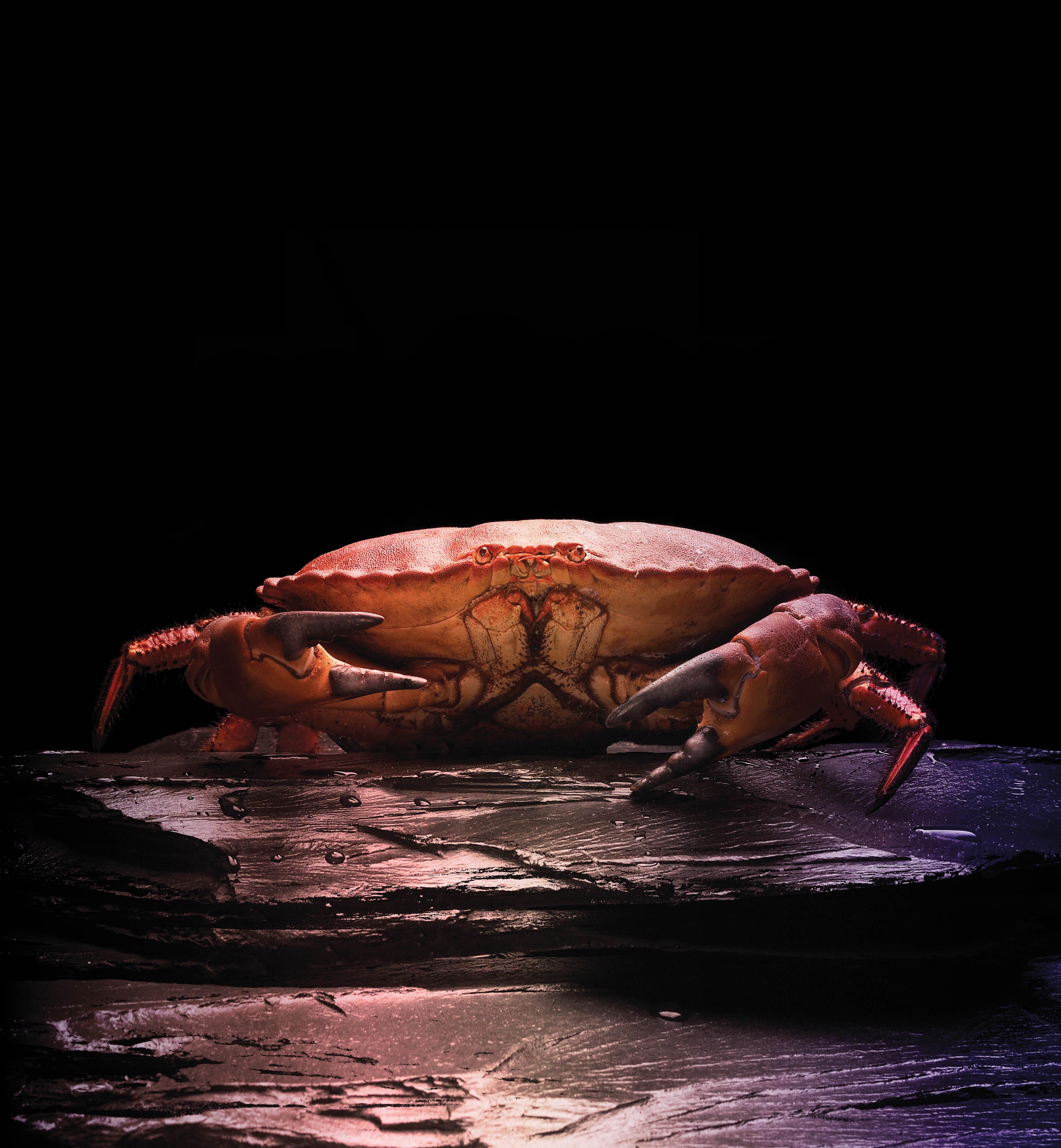
Flavourings are widely used in human food to enhance and improve ready-made meals, and for making sweets, confectionery, cakes, biscuits, and all types of drink, both alcoholic and non-alcoholic. Globally, we spend more money on food than any other single product. Food technologists, chemists and flavourists have a deep understanding of how to blend aromatic ingredients together. Aroma compounds can be identified by a testing process known as gas chromatography. This is a method of analysing various substances to isolate and identify their key components. These components are then made individually by chemical synthesis, prior to being mixed in a flavour recipe. The challenge for carp anglers and bait suppliers, is to understand how this technology is best used in carp bait.
There is usually a marked difference between the smell of a boilie and its taste, and this is influenced by the base mix ingredients, as well as all the other additives included in the recipe. The taste and smell may also change after the mixing and boiling process, especially if the recipe includes dyes or a preservative. Anglers might be forgiven for assuming that the success of a bait is all down to its smell, but this is clearly not the case. Ideally, we should ensure the whole recipe, in terms of base mix ingredients, flavour and additives, is in harmony. No single ingredient should totally dominate the smell or taste profile of a bait.
In the inexorable drive for commercial gain, it is understandable that flavour manufacturers, and even bait suppliers, might choose to dilute some of their flavours. I say this with the best will in the world, and I must stress that it is not a criticism, merely an observation based on my own experience. Manufacturers will always price their flavours according to their level of strength or concentration. By way of example, one of the flavour companies I know makes 600 different types of strawberry flavour. It is therefore inevitable that unsuspecting buyers might fall into the trap of sourcing a flavour based on its price, rather than its strength and performance history. Very few flavour companies make flavours for specific use in fish bait. We must, therefore, trust the judgement of bait companies and hope their products are fit for purpose.
FLAVOUR SOLVENTS AND CARRIERS
All liquid flavouring contains a solvent or carrier, and this is most likely to be an edible oil such as coconut oil, glycerine, glycerol, or monopropylene glycol (MPG). Bait made to include a high proportion of diluted flavouring will not be as palatable as bait made with a low dose of strong flavouring. Boilies and pastes which contain a minimal amount of solvent will always impart a more rounded and acceptable taste. Carp have become accustomed to finding heavily flavoured, or high-solvent-content boilies in their environment. All fish recognise the distinctive, and rather unnatural chemical taste these baits have.
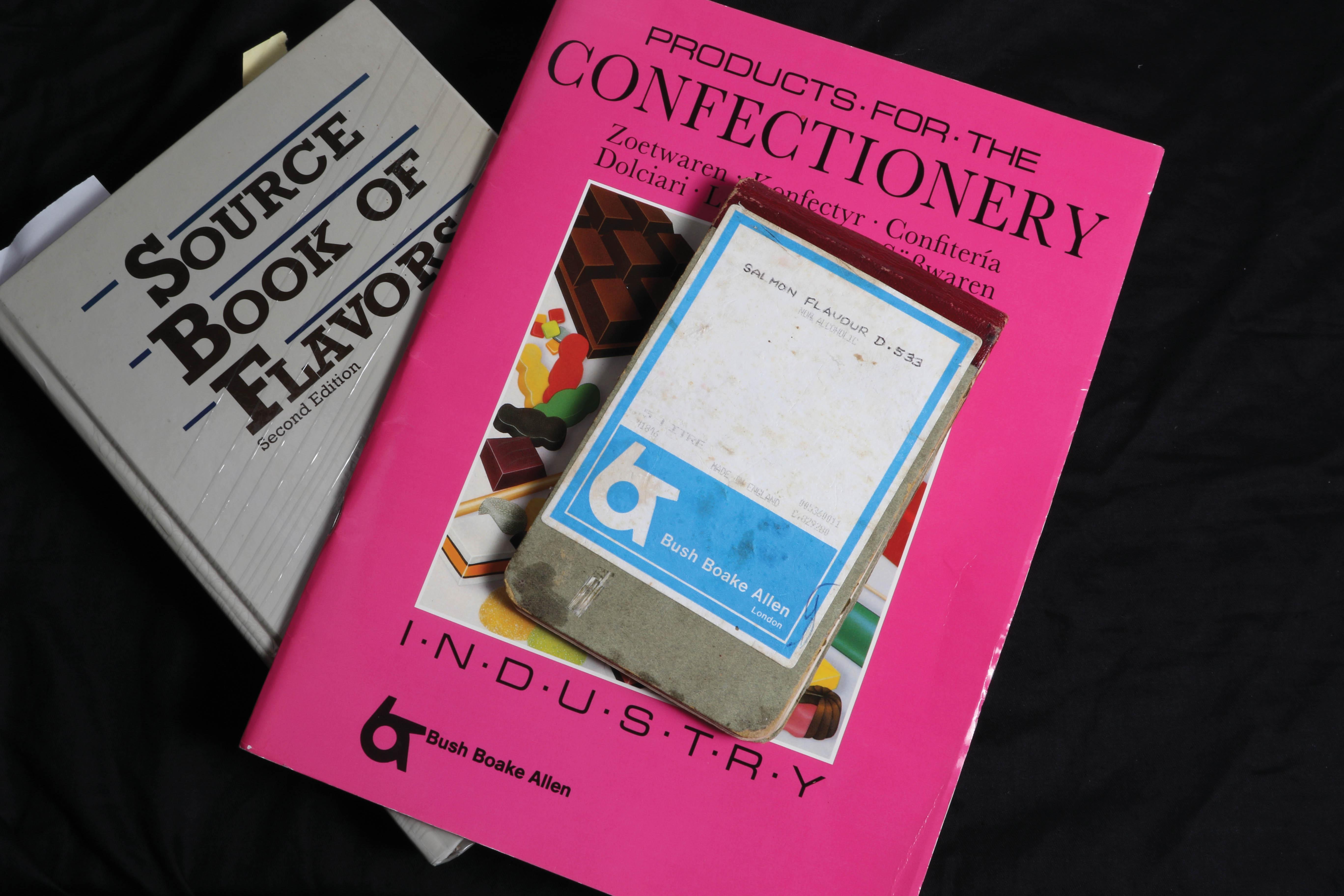
A high proportion of ready-made boilies are sure to contain excessive levels of flavour and additive, and this type of bait will often remain untouched and decomposing on the lakebed, or might even be found floating on the surface. Clearly, this is not a happy state of affairs, and yet it is a very common occurrence on many venues throughout Europe. Unfortunately, we have little control over the matter, other than ensuring we use fresh, and ideally preservative-free bait.
SWEETENERS
Sweeteners, or sweet enhancers, are widely used as an additive in particle bait, as well as in boilie and paste recipes. This has become something of a fashion, and as a result, many anglers hold the view that carp are attracted to highly sweetened bait. I hold a different view, on the basis that fish do not respond and react to the taste of food as we do. Providing that a low dosage of flavour is included in the bait recipe, I do not think an additional sweetener is needed. Many specialist ingredients, including luxury birdfoods for example, contain natural sweeteners such as sugar, coconut nectar or honey; or, if the base mix recipe includes various milk powders or milk protein, it will also carry the rounded and appealing taste of the natural milk sugar called lactose. Although lactose is a very mild sweetening agent, it can be added to bait recipes on its own and it is widely available to purchase as a separate ingredient.
Bait sweeteners and enhancers are used to mask the taste of solvents, dyes and preservatives often included in bait recipes. This procedure is more likely to be for marketing and sales purposes, rather than for any real benefit it might bring to a bait recipe. For all those who feel the need to make their bait taste sweet, I recommend they look no further than to include a touch of caster sugar, agave nectar, molasses, lactose, or my favourite natural sweetening agent, honey.
Honey is considerably more heat-stable than most bait sweeteners, such as thaumatin (talin), and it is also available in many different varieties. The taste and aroma of honey is entirely dependent on the type of nectar the bees have been feeding on. I prefer to use those varieties that carry the distinctive aroma of say, acacia, heather, orange blossom or manuka.
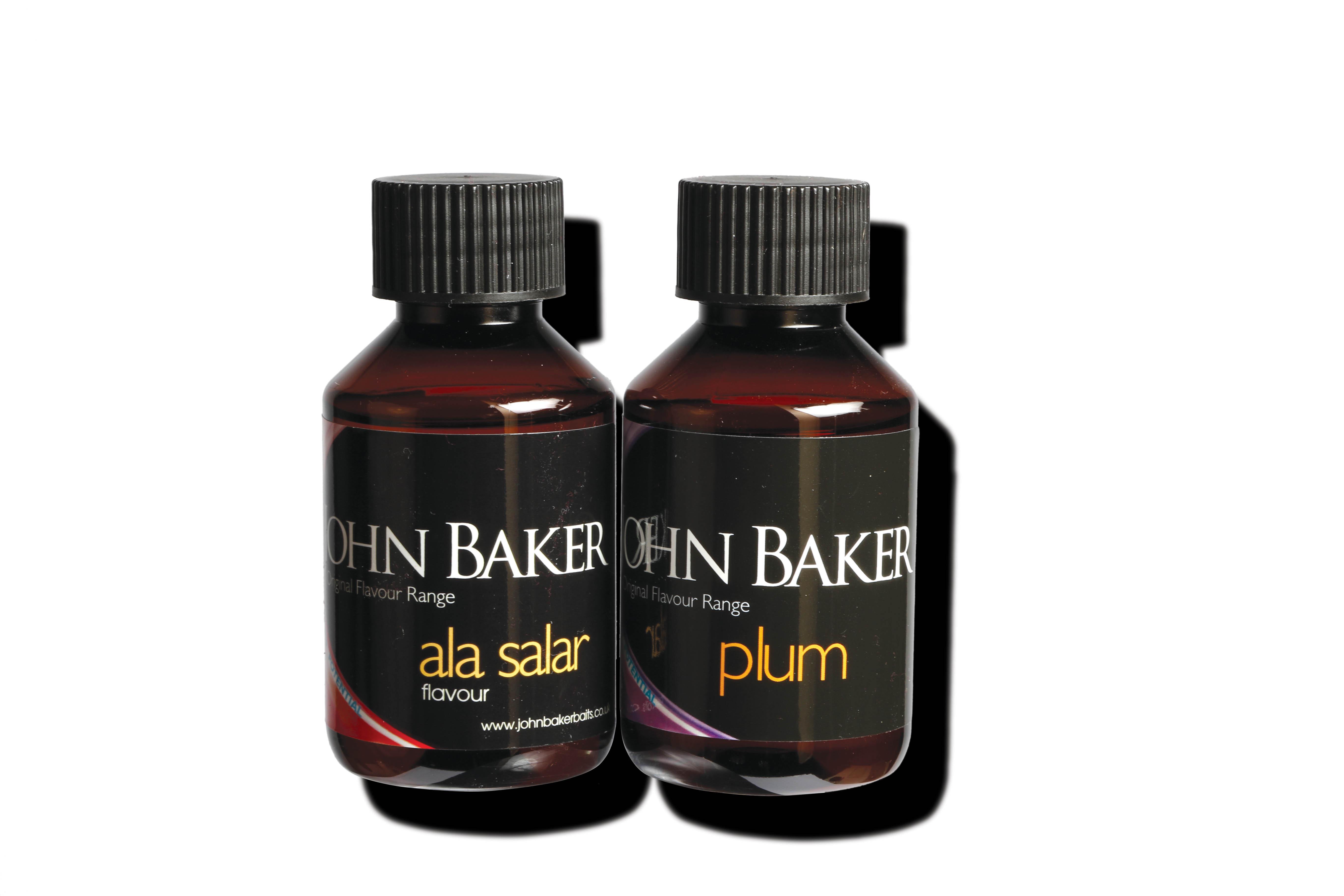
TYPES OF FLAVOUR
Some of the most effective bait flavours originate from the confectionery industry, and these are typically used in sweets, biscuits, cakes and other related food products. These flavours are designed to be heat-resistant. This is important, as effective bait flavour must be able to withstand the cooking process, especially when used for making boilies. There is a subcategory of hot, spicy, savoury and fishy tasting flavours, and these are created to go into snack foods, pet food, cooking sauces and condiments. I am particularly interested in flavouring that is developed for use in pet food and snacks. These products are made to help promote the instant acceptance of food, and more specifically to enhance the taste and feel of food in the mouth.
Mouthfeel is the way we might describe how some savoury food feels and tastes when it is being chewed. This sense is now widely regarded as the ‘fifth taste’ or umami. A well-known example of this taste reaction would be that generated when we eat crisps and savoury snacks such as Pringles. Most snack foods are formulated to encourage us to eat more of them, and by eating more of these foods, it accentuates the feeling of hunger. The clever food technologists hidden away and in their white laboratory coats, have once again found a way to make us eat more, and as a result, buy more of these foods.
The days of using simple taste enhancers such as monosodium glutamate (MSG) in our food are long gone. The snack food industry is worth billions of pounds, and a huge amount of research and development goes into manufacturing processes. The technology involved in the production of snack food for humans is something I have studied very closely. I have also found that some of the flavours and ingredients used to make these products are highly effective in bait. As a result, I use many of the ideas and concepts developed for snack foods in my own bait recipes.

There are three classifications given to flavours: natural (NAT), artificial (ART) and nature-identical (NI). I tend to prefer using flavours that are a combination of both natural and nature-identical products. Nature-identical flavour compounds are created in laboratory conditions and are made in such a way to ensure that they faithfully match the profile of the target product. This means the finished flavour is stable and will impart true depth and taste, as well as having a volatile smell or ‘top note’.
Flavours which include natural aroma ingredients such as essential oils and oleoresins will help to impart an improved and resilient taste with a distinctive depth and a true-to-nature smell. This is hard to explain on paper, but it will be quite clear to all those who might use flavour that includes some of these ingredients. A good example of this is my own Maple flavour which includes a small percentage of fenugreek oleoresin.
Ideally, we want our flavour to be able to withstand the boiling process, retain its smell after long periods of immersion in cold water, and perform well when used on silty venues such as meres and old estate lakes. Good examples of flavours with these qualities are my own Plum, Peach, Caramel Banana, Milky1, Cream Caramel, Chicken Tikka, Maple and TM1—some of these flavour blends contain between 35 and 50 aroma ingredients and are very powerful bait additives.
Some examples of natural flavour compounds would be sweet and fruity flavours such as those used in bakery products. These would typically be strawberry, raspberry, orange, vanilla, banana, blackcurrant, cinnamon, nutmeg, ginger, cream, almond, cheese, butter, caramel and coconut. At the spicy and savoury end of the scale might be pepper oils, garlic, onion, jalapeño, chilli, clove, cardamom and fenugreek. Essential oils are classed as natural, and they provide stability, depth, and complexity to bait recipes. Essential oils have become more popular in recent years, and the most common ones are geranium, cinnamon, orange, black pepper oil, onion oil and garlic.
A point of note: it is vital that only the lowest level of essential oil be used in any bait recipe. Whilst all these oils can be effective as fish attractors, their excessive use will soon reduce the effective life of a bait and will usually cause it to blow quickly. Too much essential oil in a bait recipe may even have a repellent effect, which is rather pointless when we consider that it should be included to attract fish. A fact that warrants some careful consideration is that black pepper oil and garlic oil have recently become the most fashionable, and therefore most overused and overdosed flavour ingredients used in fish bait.
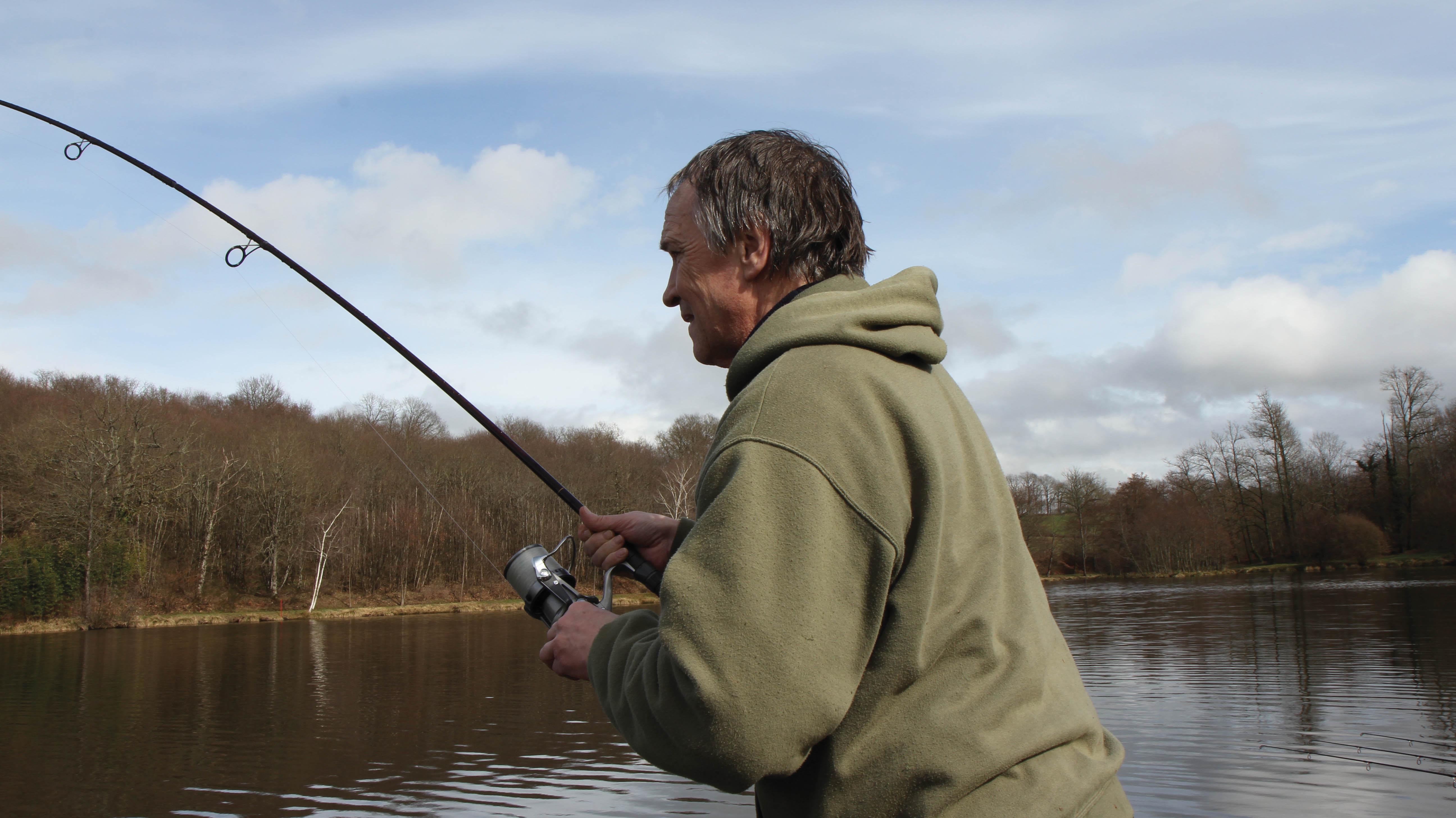
As mentioned earlier, there are literally hundreds of aroma compounds to choose from. These include organic acids, lactones, aldehydes, pyrazines, esters, ketones, and various aromatics such as isoeugenol, which is an aroma ingredient widely used in many different types of flavour formulations. I first started using these aroma ingredients in the late 1970s, and I always did so with the help and advice of qualified flavourists. It takes a lot of practice to make an effective bait flavour and the higher quality flavour, the more ingredients are used in the recipe. This will be reflected in their cost. Aroma ingredients are multifunctional, and are designed to enhance the profile, taste, smell, depth, volatility and versatility of a flavour. The best performing bait flavour will be modelled around NI compounds and ‘rounded off’ with elements of natural ingredients.
We are still learning why certain flavours are more effective than others, and this is the case with regard to fish and savoury flavours. Back in the early 1980s, a famous and distinctive crab flavour was developed by a company based near Northampton called Barnett and Foster. This was the old Monster Crab flavour, which was sold for a while by Rod Hutchinson (commercially, it was in fact, a shellfish flavour). It is a great shame that the original, very smelly liquid flavour has gone forever.
The old crab flavour, and many others like the great Bush Boake Allen Salmon (aka Pukka Salmon), fell victim to worldwide ingredient legislation instigated by FEMA and enforced by the EEC—we can thank the bureaucrats in Brussels for that. On a brighter note, I have managed to source most of the main components in the original Monster Crab flavour, and for the past five years, have made my own version of it—I keep telling myself that I think it could be improved, and I am still working on it!
Some of the ingredients used to make fishy-based flavours are related to naturally occurring amino acid-based compounds called peptides. Substances such as ammonia, uric acid and similar, related chemicals are also part of the puzzle. These chemicals are commonly found in lakes and rivers, mainly through the decomposition of organic matter and fish, birds and animals producing faecal matter. Flavours that contain, or perhaps mimic some of these organic compounds are the reason I believe they are effective in bait.
There is just one problem: this category of flavour is invariably very smelly, and not user-friendly. Some people call them ‘divorce flavours’, and I can understand exactly why. My Ala Salar is very potent, and I know just how bad it smells to non-anglers, because my neighbours soon close their doors and windows on bait-making days!
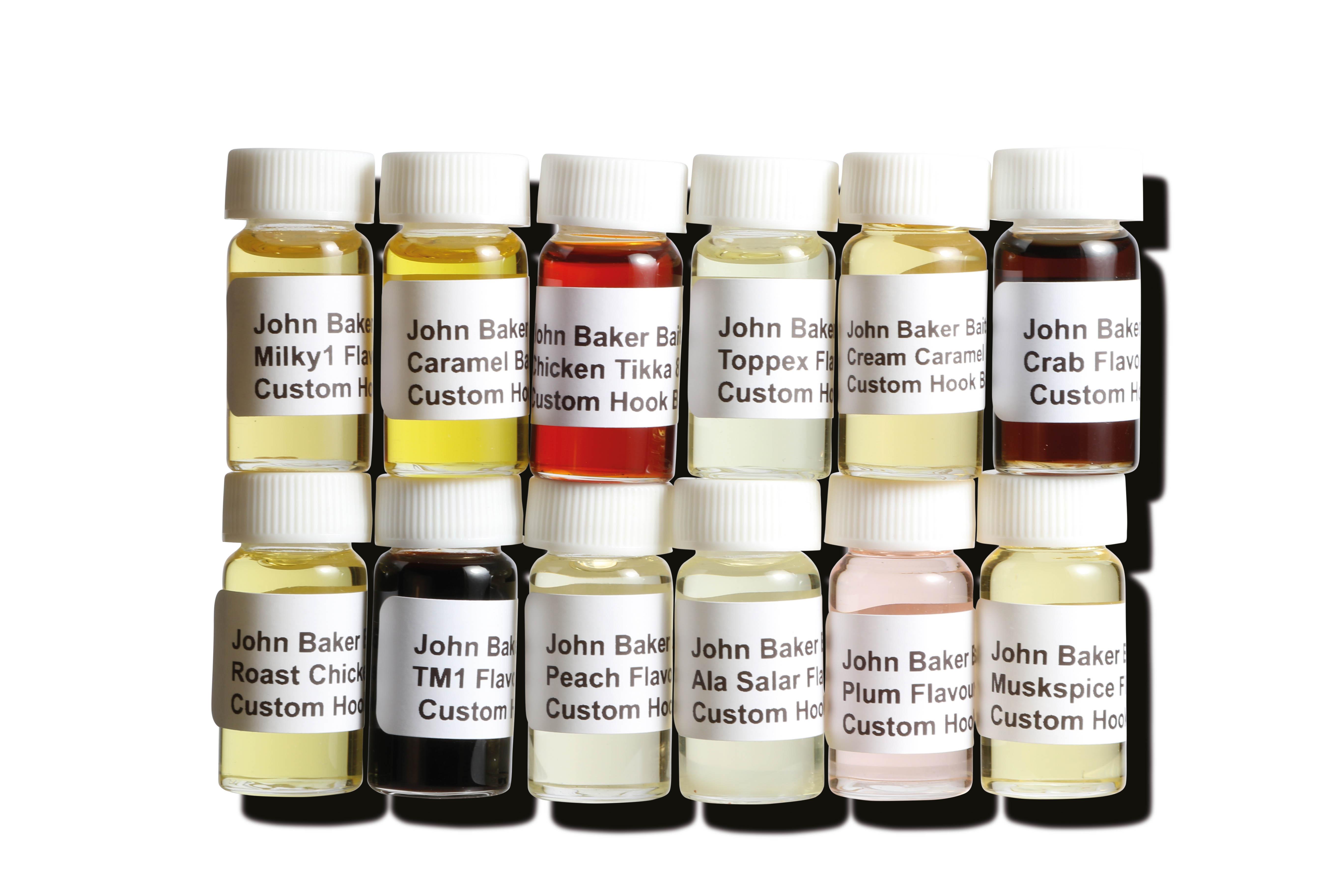
OLEORESINS AND SPICES
Oleoresins are a type of semi-solid extract or thick paste, usually derived from roots, tree bark, tree sap, berries, and plants. These compounds are very concentrated and are usually obtained by evaporation using a solvent. Some of these compounds require further treatment to render them suitable for use in bait, and this task must be carried out by a professional flavourist. A few examples of effective oleoresins now widely used in bait are derived from vanilla, fenugreek, paprika, clove, allspice, cinnamon, nutmeg, cardamom and turmeric. All oleoresins tend to vary in quality and strength, so a reliable source of supply is advised. The use of pure oleoresin should be considered only with great care and careful measurement. As mentioned, the excessive use of any of these powerful aroma ingredients is likely to repel fish rather than attract them.
Hot savoury spices such as those originating in India and Asia are proven and effective as fish bait additives. For centuries, the mahseer anglers in India have made a spicy paste bait based on maize or buckwheat flour. They know that various hot spices will improve the attraction of their bait and they still use some familiar hot spices such as asafoetida, clove, cardamon, chilli, onion, coriander, and cumin. They make up large tennis ball-sized baits which are then boiled for several minutes… these Indian mahseer anglers probably invented the first boilie!
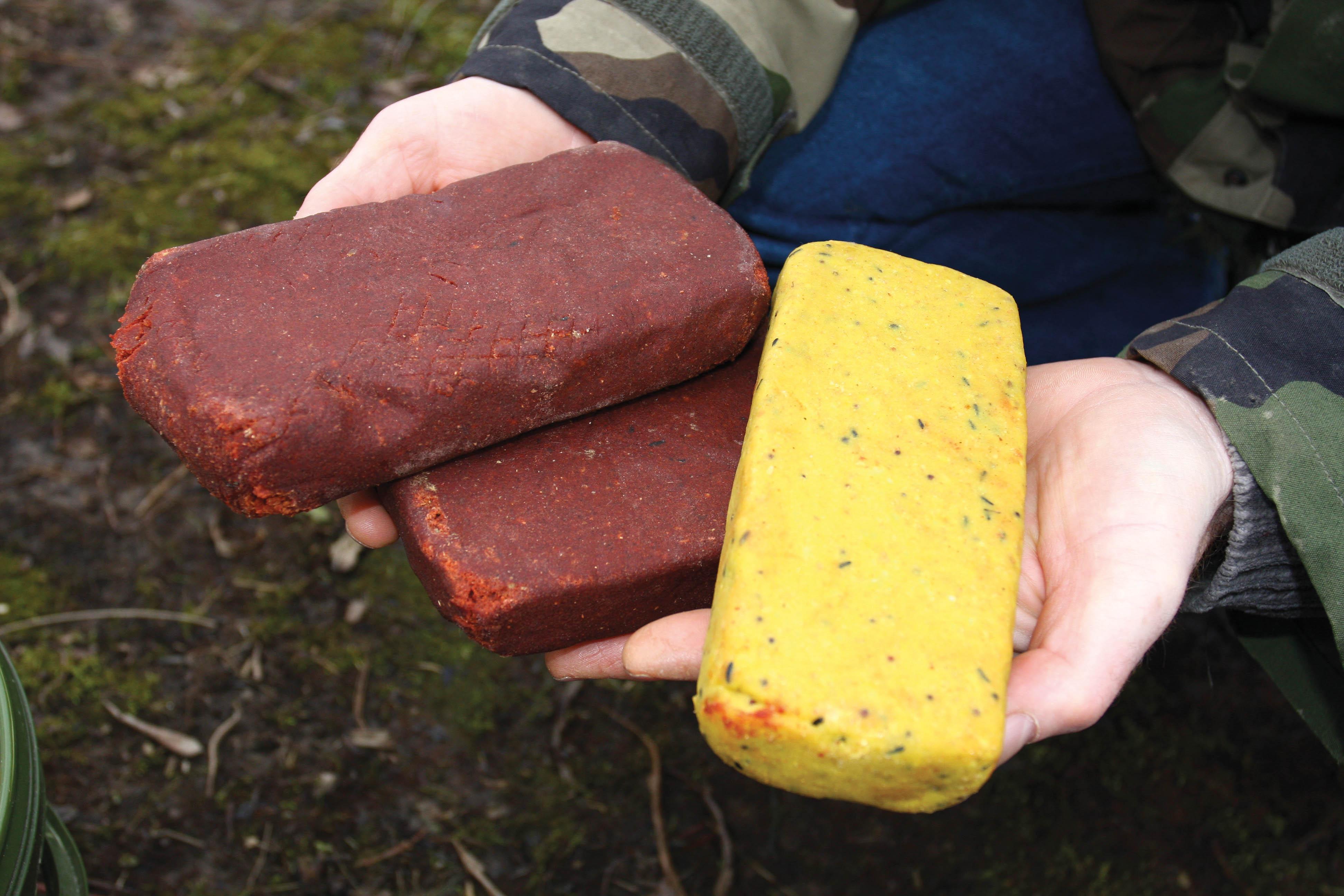
ARE FLAVOURS SAFE?
I mentioned earlier about FEMA stepping in to regulate, and even ban the use of certain flavours. FEMA stands for the Flavor Extract Manufacturers Association, a highly respected organisation who apply a classification code to aroma ingredients and chemicals so they can be registered as safe. FEMA works with worldwide regulators to ensure that both the suppliers and consumers of ingredients are protected. They are founding members of an organisation called the IOFI (International Organisation of the Flavor Industry), another major regulatory body involved in the new legislation we will all soon experience when taking or exporting bait to EU countries. Now Brexit has finally happened, there are already onerous export barriers being placed before us. At the time of writing (February 2021), there are serious doubts as to whether we’ll be able to take our favourite boilies into the EU. It seems that the long-awaited holiday to our favourite French lake may not, perhaps, have such a happy ending!
FLAVOUR STORAGE
Several categories of bottle are used in the dispensing of liquid flavours. The most popular of these are made from polyethylene or polythene. These plastics come in two categories: a high-density grade called HDPE, which is the best version; or a thinner, low-density material of poorer quality which is considerably cheaper. Almost any solvent- or oil-based liquid flavour stored in a low-density polythene bottle will have a reduced shelf life and be prone to oxidisation.
Polyethylene terephthalate (PET) containers have outstanding strength and good barrier qualities, and these are regularly used by pharmaceutical companies to store medicines. Flavour manufacturers also use them to store samples, flavours, oils, and aroma compounds. PET is my preferred container material for liquid flavours, and it is also safer than glass for general handling purposes. Although they are expensive, aluminium bottles are safer than glass, and I am a great fan of the mini, lacquer-coated aluminium flasks for packing some my own flavours.
Glass is a stable storage vessel and is used for most liquids. It makes complete sense to use glass whenever possible, and it is worthwhile keeping a favourite flavour in an amber glass medicine bottle. These can be readily purchased online or from a local pharmacy. Their use will help mitigate the effects of ultraviolet light and keep the contents fresher for longer.
A telltale indication of a bait flavour that has gone off is the plastic container becoming misshaped or distorted. This is an indication that the contents may have reacted with its container, which has become oxidised or tainted. Discontinued and out-of-date flavours—sometimes called ‘classic flavours’—can often be found for sale on the internet. It is a big mistake to buy these old flavours, and even worse to use them in bait! Fresh flavours are as important as a fresh base mix, and we must all be more aware of the fragility of our environment. Together, we must take the appropriate steps to protect our fish and be careful what we throw into our rivers and lakes. The buying and selling of time-expired flavours and their use in any type of bait is quite frankly, irresponsible.
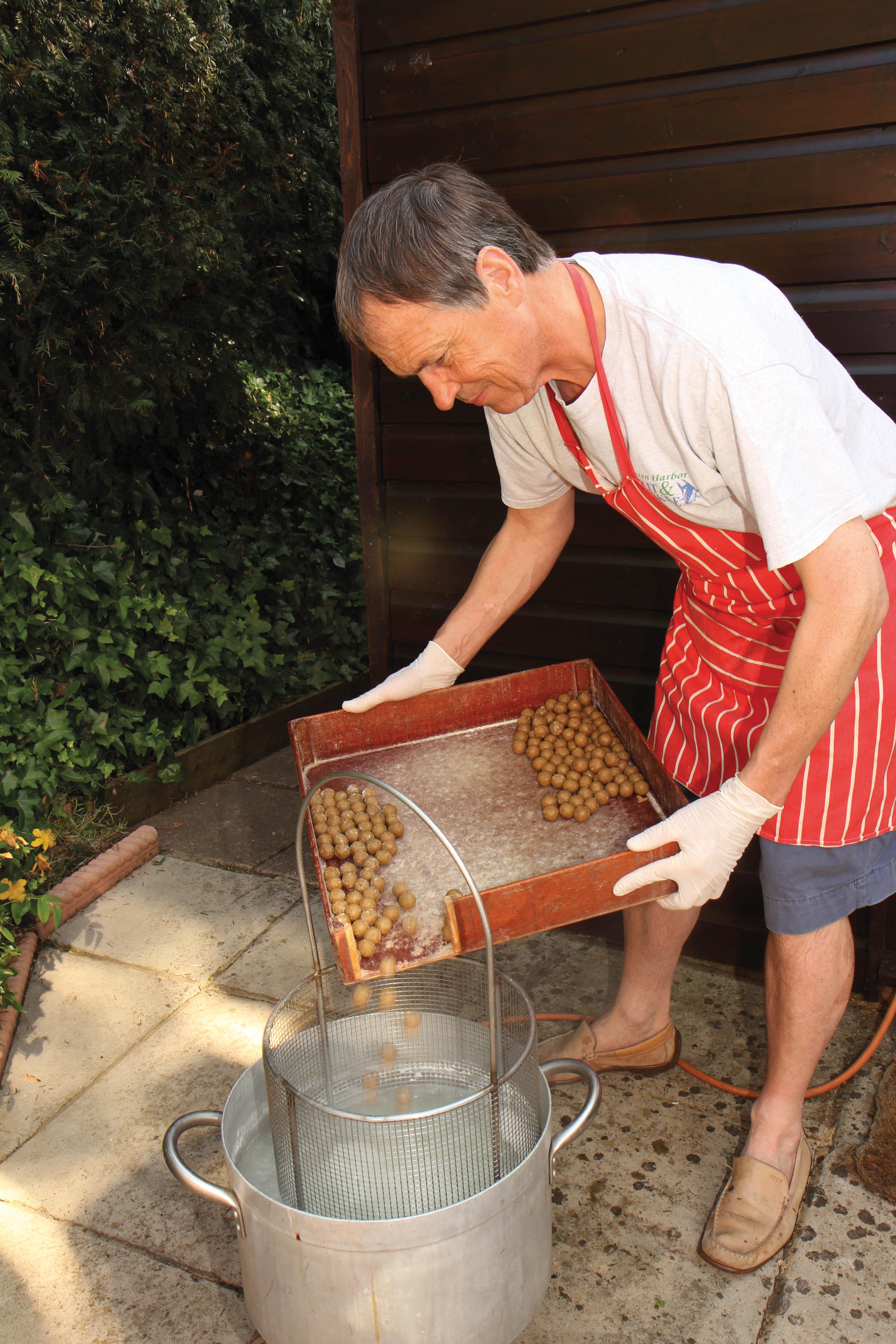
IN CONCLUSION
It is fair to say that the strength and quality of most bait flavour is usually reflected in the price. We should, therefore, be mindful of its origin and track record. To put this simply, has it been tested, is it effective, does it still retain its smell after boiling and air drying, and will it stand up to being stored and frozen? And finally, the most important question of all: do fish like it?
Although I am not a qualified chemist, I have come to understand why certain flavours and ingredients are effective in bait. It has taken great effort and a lifetime to understand it all, but I still enjoy every minute of my involvement. It is a pleasure to share some of this hard-won knowledge and I sincerely hope that this article will help others to gain a greater understanding of flavours and their application in bait.
As the great English playwright and author, W. Somerset Maugham once said, ‘It’s a funny thing about life, if you refuse to accept anything but the best, you very often get it.’
